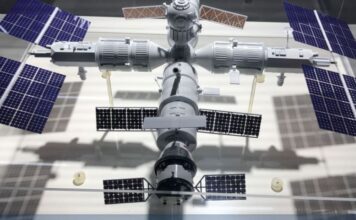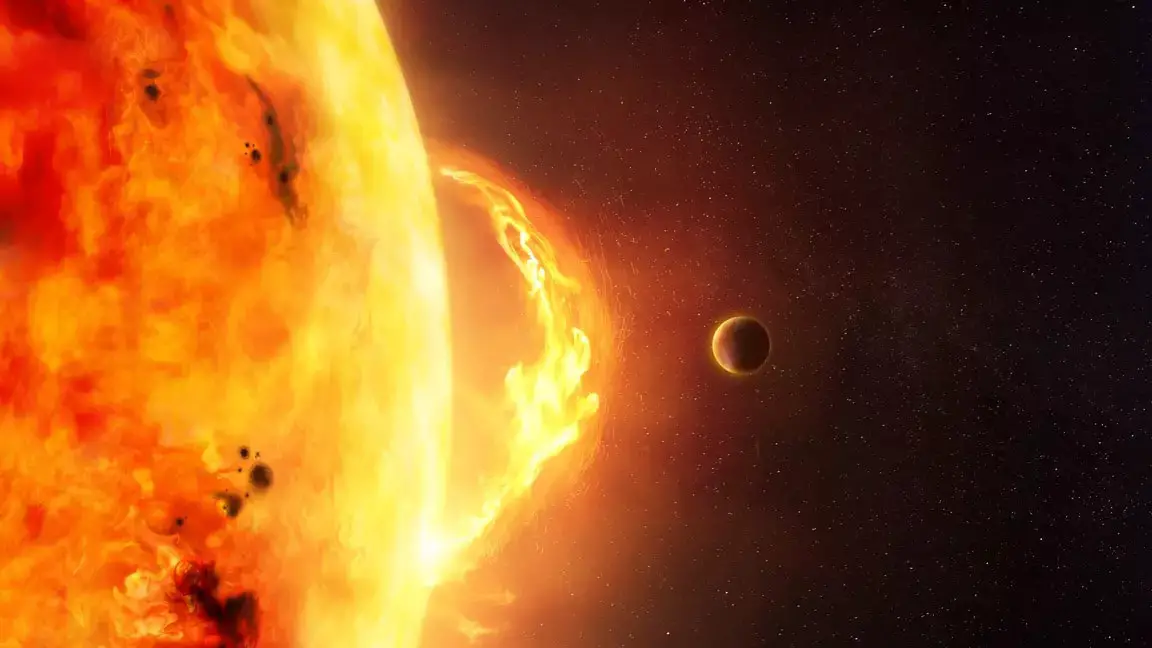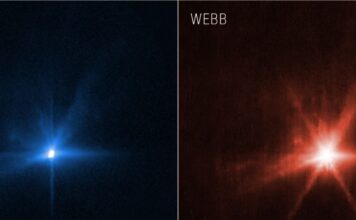Stationed on silent Mars, NASA’s InSight rover can hear the tiniest of sounds, such as the vibrations of four space rocks hitting Mars in the past two years, receiving both seismic and sound waves from the impact for the first time.
NASA also released the sound of a meteoroid shattering after hitting the surface of Mars. Interestingly, it was not like an ordinary explosion, but rather like the lovely popping sound of falling water.
InSight is an unmanned lander to study the internal structure of Mars.
On November 26, 2018, it landed on the Elysium Plain of Mars and deployed seismometers and thermal excavation probes to detect Martian earthquakes and measure the internal heat flow rate to estimate the size of the Martian core, but the drill bit slipped during the excavation due to soil quality problems ,
NASA announced the failure of the scientific exploration component mission in 2021; in May of this year, the InSight spacecraft was too thick due to the accumulation of Martian dust and the solar power supply was reduced. NASA said that the probe is likely to be retired by the end of this year.
Although the mission may be only 3 years long, InSight still brings a lot of first-hand information.
According to a new paper recently published in the journal Nature Geoscience, scientists have identified four meteoroids (meteoroids) that slammed into the surface of Mars from space.
The impact range was between 85 and 290 kilometers near InSight, and it generated shock waves and sound waves that were captured by InSight.
The impact produced a magnitude of no more than 2.0, and in the sound file released by NASA, three sounds can be heard as the meteoroid entered the Martian atmosphere, exploded into fragments, and hit the surface.
Reconnaissance Orbiter also confirmed the impacts
One of the meteoroids entered the Martian atmosphere on September 5, 2021 and exploded into at least 3 fragments, each of which left a crater on the surface of Mars, which was subsequently flown by NASA’s Mars Reconnaissance Orbiter to confirm the location of the impact.
After combing through more data, scientists also found three additional meteoroid impacts on May 27, 2020, February 18, 2021, and August 31, 2021.
InSight has detected more than 1,300 marsquakes, but researchers are baffled as to why no more meteoroids have hit Mars, which is close to the main asteroid belt and has an atmosphere only 1% thicker than Earth’s.
More meteoroids should pass through to the Martian surface, and the team speculates that the data may be obscured by wind noise or atmospheric seasonal changes.





